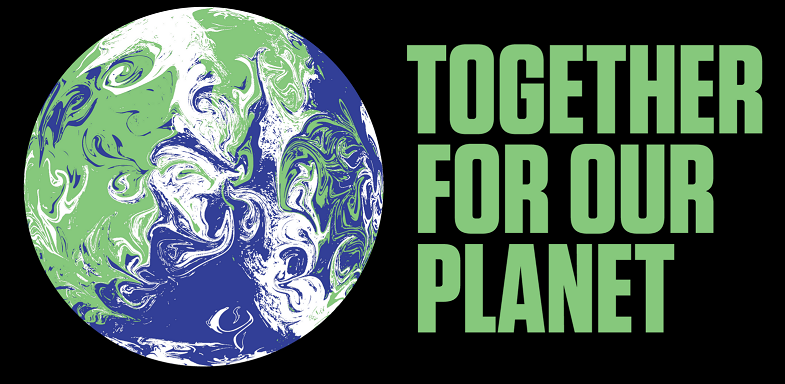
UKSA asked CEOI to make some PowerPoint presentations for COP26 about CEOI and our instrumentation projects, particularly those aimed at addressing climate measurements. We were asked to make them accessible to a non-technical audience. We therefore created 9 presentations which you can find below:
CEOI (Centre of Earth Observation Instrumentation) – Introduction
An introduction to CEOI and a brief overview of some of the target missions and applications they are addressing
Measuring Climate Effects on the Atmosphere – CubeMAP
With support from CEOI and UKSA, RAL Space has developed a novel instrument known as the Laser Heterodyne Radiometer (LHR). They have miniaturized it so that it fits into a small modular spacecraft known as a CubeSat.
Detecting Methane from Space – NIMCAM
Methane is 86 times stronger as a greenhouse gas than carbon dioxide. It is increasing in the atmosphere due to human activity and is an important contributor to global warming. NIMCAM is a new UK-led mission under development at the University of Edinburgh, supported by CEOI and UKSA which will image methane release plumes on the ground from industrial sites.
Thermal Imaging – DarkCarb
Leonardo MW and SSTL, with CEOI support, are repurposing and re-engineering a commercial high resolution mid-infrared detector for space use.
Ocean Currents, Winds and Waves – SEASTAR
With support from CEOI and UKSA, the National Oceanography Centre is developing a mission named SEASTAR to measure currents and winds from space with unprecedented accuracy and resolution. The SEASTAR instrument is a new type of radar imager that senses the motion of the ocean surface in three directions from Doppler frequency shifts.
Measuring Wind & Rain in the Atmosphere – WIVERN
Selected by ESA for Preliminary (Phase 0) study. WIVERN will help improve global models of wind and rain used in forecasts. The same models are used for climate and so make predictions for future climate more reliable.
Remote Sensing using Navigation Signals – HydroGNSS
SSTL, with support from CEOI and UKSA, has developed a small, low-cost satellite receiver that can detect and receive reflected signals from navigation satellites. It has been deployed on NASA’s CYGNSS mission.
Improving Climate Measurements – TRUTHS
CEOI and UKSA have supported the TRUTHS mission, now under development by the European Space Agency. We can measure incoming energy from the Sun, and energy leaving the whole Earth, reflected and emitted. In this way we can assess the energy balance of the planet. TRUTHS will carry a ‘camera’ which will make measurements of incoming energy from the sun and that reflected by the Earth, split into a ‘spectrum’ (like a rainbow) from the ultraviolet to infrared at an accuracy up to 10X that of previous satellites.
Gravity Missions and Climate – CASPA
UKSA and CEOI are supporting Teledyne e2V and partners in designing a cold atom instrument which will be able to measure atmospheric drag as well as the gravity field in due course.
More information can be found on the QR code links or elsewhere on this website.
